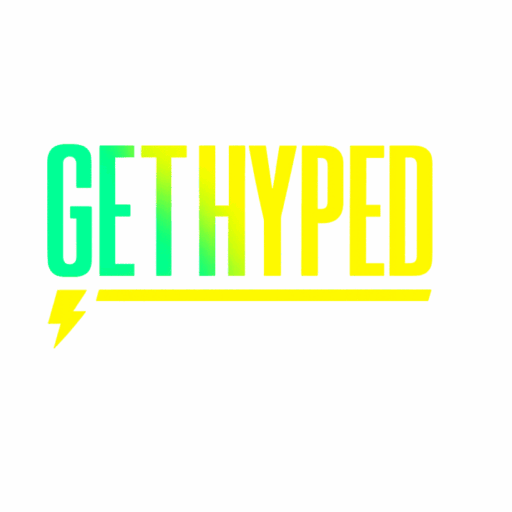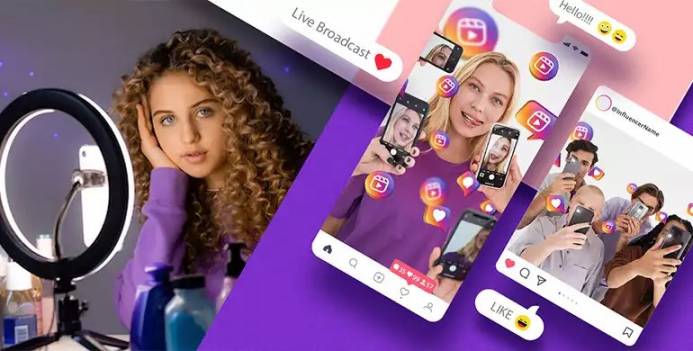
In an age of infinite scrolling, a well-orchestrated event can still stop thumbs and spark conversations. When the right influencer tells the story, the impact stretches far beyond the venue — igniting buzz, building connection, and turning a single night into a movement.
According to event reports cited by analytics company Exposure Events, 91% of attendees feel more positively about a brand after an event, and 85% say they’re more likely to make a purchase.
However, the real power comes when those moments don’t stop at the venue door. Influencers can extend the reach of a single event. They translate experience into content, and content into connection.
Their voice is what turns a one-night event into something that trends.
This article breaks down how brands can make influencer marketing for events actually work — from choosing the right creators to shaping content for social media platforms before, during, and after the big day.
Table of Contents
Why Influencer Marketing Works for Events

Events are built to create energy. Influencers know how to capture it — and amplify it.
When a trusted creator shows up at an event, they’re attending, but they’re also signaling to their audience that it matters. That kind of endorsement lands differently than a traditional ad. It’s personal. It feels organic.
Additionally, this type of event marketing often carries more weight because it’s coming from someone the audience already knows and engages with regularly.
Influencers also bring urgency. Their content builds anticipation leading up to the event, and creates a sense of immediacy once it begins. Whether it’s a TikTok countdown, a “you have to see this” Story, or a behind-the-scenes clip, their coverage taps into the emotional side of participation—what it feels like to be there, and why others should care.
Most importantly, an influencer marketing campaign for events works because it reflects how people experience things now. Target audiences want to see the moment as it happens, not just a recap, and creators excel at that. Their content is built for the feed, for the scroll, and for the people who didn’t make it to the event but still want to be part of it — and hopefully go to future events.
Choosing the Right Influencers for Your Event

Not every influencer is a match. The most effective partnerships are built on alignment between the creator, the content, and the event.
And remember, it’s easy to make influencer marketing mistakes. Be mindful that you’re entering a new advertising realm. The influencer marketing industry is another space with its own nuances to understand.
Relevance Over Reach
Start with fit. The right event influencer is someone whose audience overlaps with yours in a meaningful way.
Evaluate influencers in specific ways. That could be niche expertise, geographic location, or a shared set of values. A creator who feels connected to the event is more likely to talk about it in a way that resonates.
Focus on Engagement and Content Quality
Follower count doesn’t guarantee influence. What matters is how people respond.
Look at comments, not just likes. Are people paying attention? Are they interacting? Is the content consistent, thoughtful, and on-brand with your event’s tone?
High-quality content with active engagement is a stronger indicator of success than inflated numbers.
Micro Influencers vs. Macro Influencers: Know What You Need
Micro-influencers often deliver higher trust and tighter communities, making them great for local or intimate events. Macro-influencers offer scale and splash, which can work well for larger campaigns or national visibility.
The best approach may be a mix — using macro creators for reach and micro influencers for authenticity on the ground.
Pre-Event Promotion: Building Buzz Early
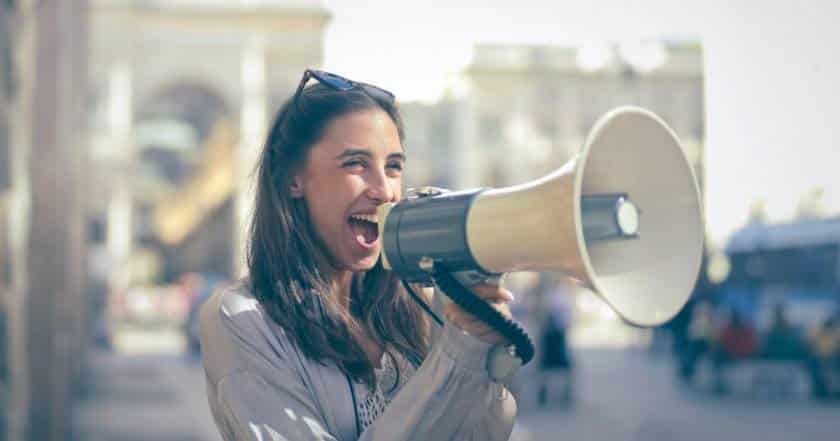
Good events build anticipation long before the doors open. Influencers can catalyze that momentum, creating energy that feels spontaneous but is built with purpose. Pre-event promotion is your first chance to shape how people feel about the event.
If the energy is there early, momentum takes care of the rest. Here’s how to build that buzz step by step:
Step 1: Tease the Event Early
Start soft. Well before the event goes live, give influencers subtle material to work with — a logo reveal, a shot of the venue, or a casual mention in a Story.
These small touchpoints spark curiosity without overwhelming the audience.
The goal here isn’t promotion. It’s presence. You want your event name in the feed just enough to raise eyebrows. The tease phase also gives you a chance to test tone.
See how audiences respond and use that to shape what comes next.
Step 2: Launch a Countdown or Series
As the date gets closer, shift to more deliberate storytelling. Ask your influencers to build a short-form content series — maybe a 3-day countdown, a “what I’m packing” Reel, or a Story walkthrough of past event highlights.
Consistency matters here. You want people seeing the event show up repeatedly, across multiple creators and platforms.
It doesn’t need to feel polished. In fact, the more authentic the content, the more it resonates. What matters is repetition with purpose.
Step 3: Drive Action with Collaborative Content
Now it’s time to move the needle. Activate influencers with content that encourages engagement — like ticket giveaways, promo codes, or “bring a friend” campaigns. This is also where co-branded assets can help.
A custom graphic, event hashtag, or branded filter gives influencers something recognizable to work with while still letting them stay in their voice. Make it easy for their audience to say yes. The clearer the incentive, the stronger the response.
Real-Time Content During the Event
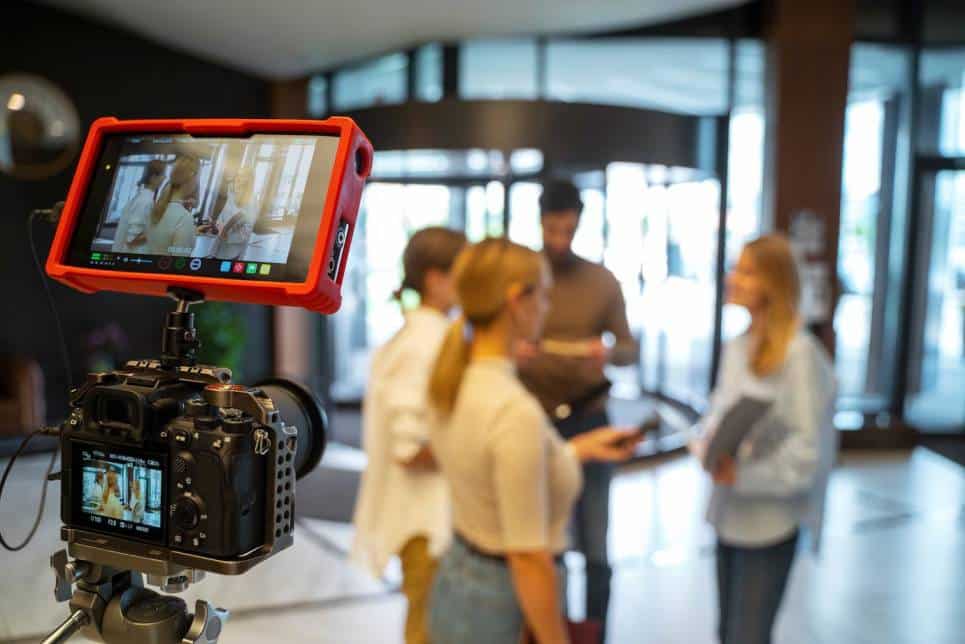
Once the event begins, the content shifts. This is the moment when everything becomes tangible.
The sights, the sounds, the crowd. These are the things that make real-time influencer coverage so powerful.
Capture the Energy, Not Just the Highlights
Live content creates a sense of immediacy. When an influencer goes live on Instagram or posts a Story from the front row, their audience feels like they’re part of the moment — not just watching it later.
Quick clips of the crowd, reactions, or a walk-through of the venue make the experience feel personal and immersive. Keep in mind that it doesn’t have to be big to be effective. A single, well-shot Story with a quick reaction or off-the-cuff commentary can outperform polished recap videos.
Create Moments People Want to Engage With
During the event, focus on content that invites interaction. That might mean quick Q&As, Story polls, or asking followers to vote on their favorite booth, speaker, or moment.
Engagement doesn’t just drive algorithm reach — it deepens connection.
Reels and TikToks can also play a role here, especially if you build in shareable or trend-friendly moments. Think branded photo ops, mini activations, or crowd reactions designed to be filmed and shared.
Balance Organic Coverage with a Loose Plan
The best real-time content feels spontaneous, but that doesn’t mean it’s unstructured. Give influencers a loose content brief — highlight a few key moments to cover, provide a run-of-show, and suggest 2–3 content types to capture.
Leave space for them to move around, respond to the vibe, and create in their own voice. That balance between freedom and direction is where the strongest content usually lives.
Post-Event Momentum: Extending the Lifecycle
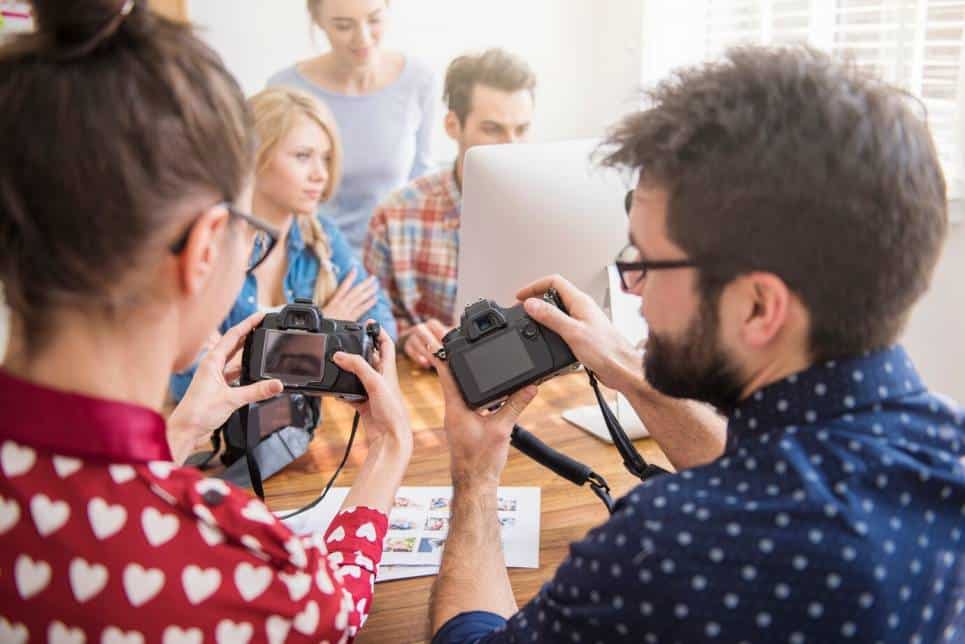
The event may be over, but the story isn’t. If you want to get the full return on your influencer marketing for events, you need a post-event strategy that keeps people talking.
Turn Recaps into Storytelling
Recap content shouldn’t feel like a wrap-up. It should feel like a continuation. Ask influencers to share their favorite moments, lessons learned, or content they didn’t post in real time.
A short-form recap video, a carousel of highlights, or a “what I loved about this event” Story adds dimension — and creates a sense of reflection that often resonates more than the hype.
These recaps also serve as testimonials. When someone says, “this was one of the best events I’ve been to this year,” that has lasting value.
Leverage UGC and Repurpose Everything
Your content pool doesn’t end with the influencers. Pull in user-generated content from event attendees, vendors, and your internal team. Tag, repost, and build highlight reels that stretch the shelf life of the event well beyond the original date.
You can also repurpose influencer content into branded social posts, recap blogs, press coverage, or even next year’s promo material.
One event can fuel months of marketing — if you treat it like an asset, not a one-off.
Keep the Conversation Going
The post-event window is a great time to re-engage. Share top moments, post engagement stats, and tease what’s next. Use influencer content as a bridge into your next launch, campaign, or product drop.
This is also the time to gather feedback — what worked, what surprised people, what they want more of.
Most events fade fast, but with the right post-event content, you can extend the impact, strengthen relationships, and start building momentum for whatever’s next.
Measuring Success: What to Track and Why It Matters

Great influencer marketing for events doesn’t stop at the content. It ends with the data. Tracking performance helps you understand what worked, what resonated, and what you’d do differently next time.
Start with the Basics
Reach, impressions, engagement rate, link clicks, and conversions—these are your core metrics. Together, they tell a story about visibility, interest, and action.
Engagement is often the most telling. If people are sharing, saving, or responding to content, that’s a sign your message landed.
If ticket sales or sign-ups were part of the campaign, track them with clear links and codes. Don’t rely on guesswork.
Use the Right Tools
Branded content tools on platforms like Instagram and TikTok give you direct access to performance metrics from creator posts. You can see impressions, taps, and interactions without needing screenshots or post-event spreadsheets.
UTM parameters track traffic from influencer links, especially if the event ties into ecomm, lead capture, or on-site conversions.
The easier you make tracking, the easier it is to justify the spend—and scale the strategy.
Measure More Than Clicks
Not every win shows up in a dashboard. Some campaigns don’t convert immediately, but they build credibility, spark conversations, or introduce your brand to new audiences.
Look for indicators of long-term brand lift — like increased search volume, social follows, or stronger retention on future campaigns.
Think Bigger Than the Invite List
The most impactful events don’t end when the lights go down. They echo. They’re remembered, talked about, and rewatched through the content they leave behind.
Influencers are the bridge between the moment and the memory. This isn’t just because they have reach, but because they know how to translate experience into something that resonates.
When brought in early and treated like collaborators, they can turn a one-day event into something that lives longer — and lands deeper.
If you’re planning your next event, don’t just think about who will be in the room. Think about who will carry the story forward.
At Get Hyped, we build influencer strategies that transform events into content engines. From pre-event buzz to post-event storytelling, we help brands create moments that move — and content that sticks.
Contact us today to learn more!
